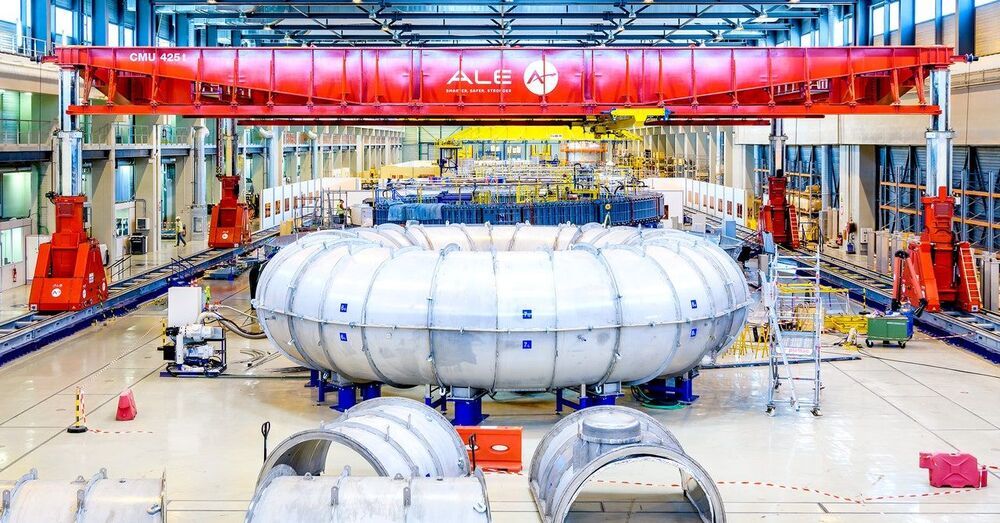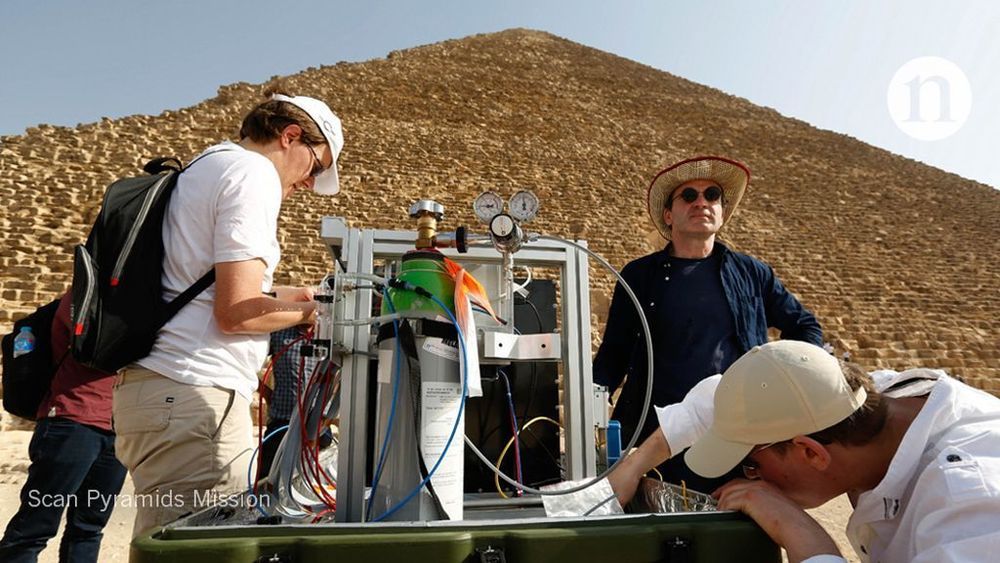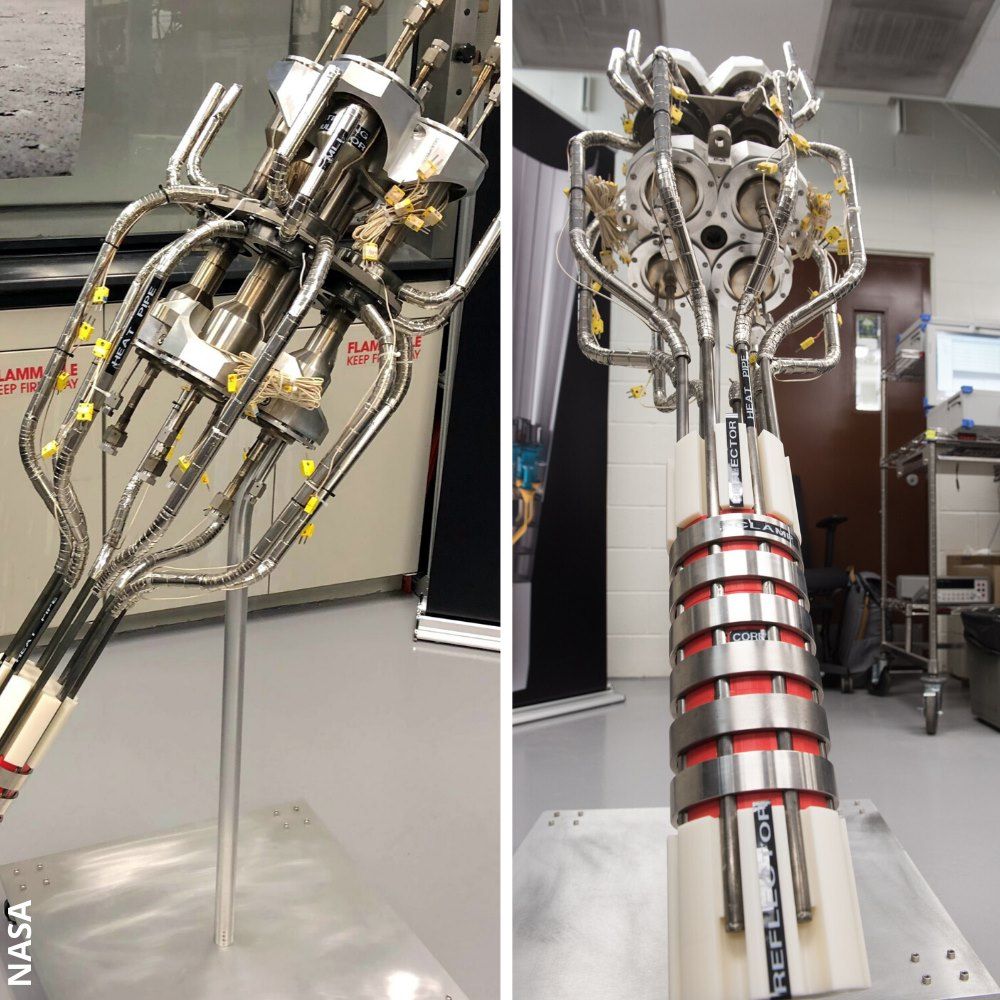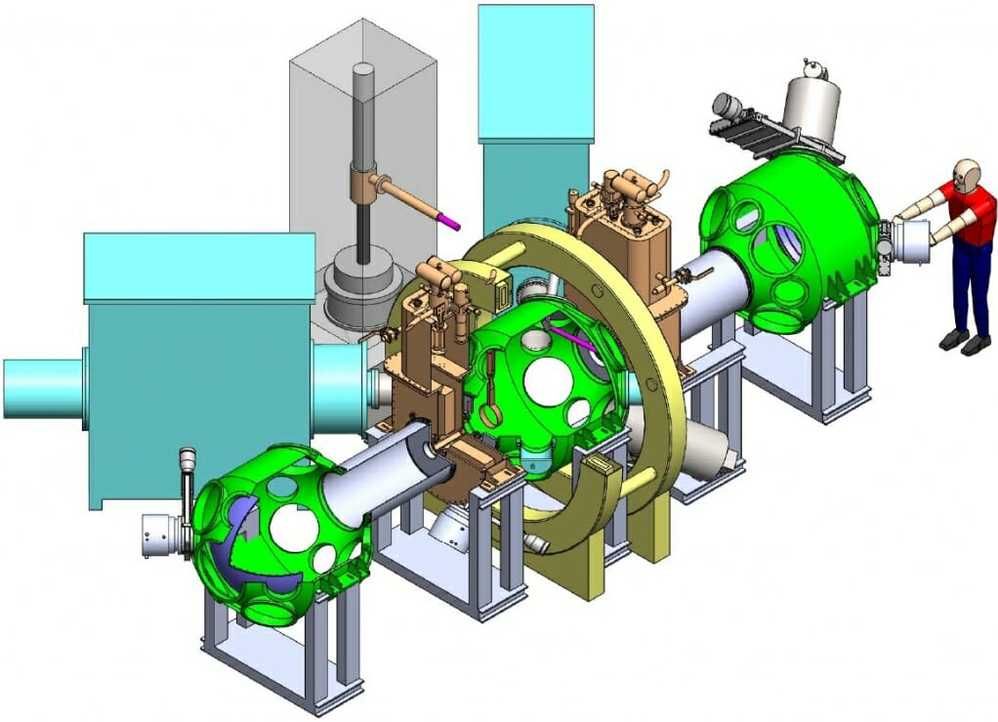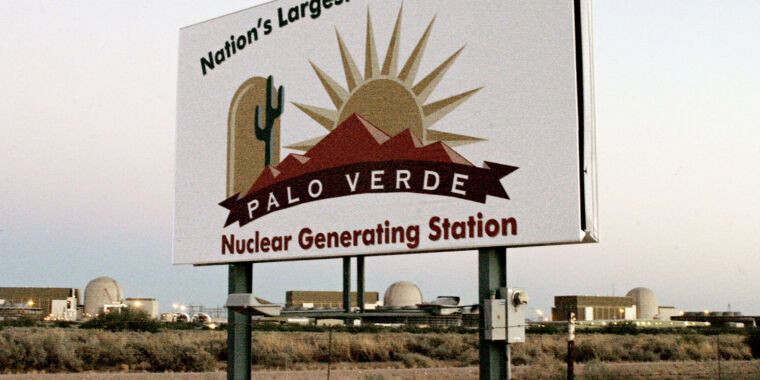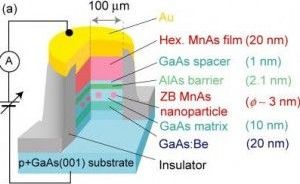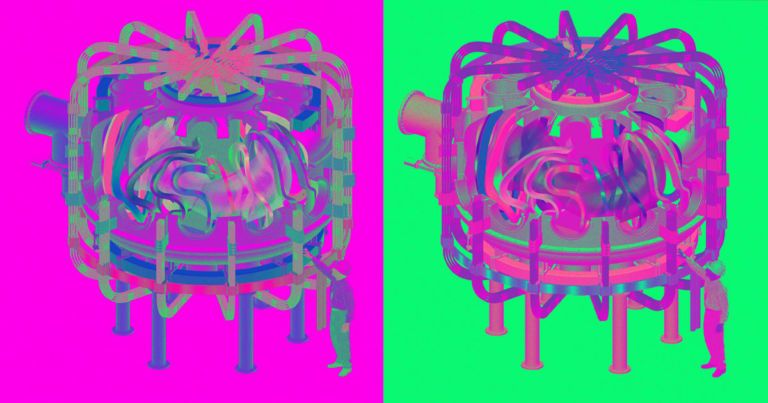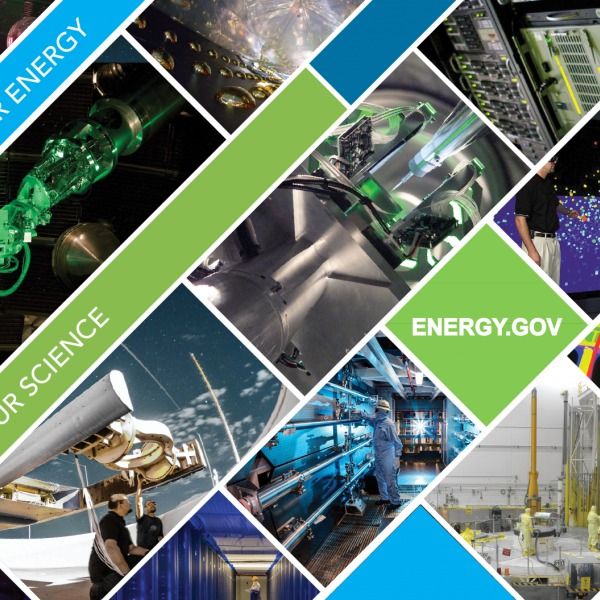
WASHINGTON, D.C. — The U.S. Department of Energy today announced the winners of $32 million in funding for 15 projects as part of the Breakthroughs Enabling THermonuclear-fusion Energy (BETHE) program. These projects will work to develop timely, commercially viable fusion energy, with the goal to increase the number and performance levels of lower-cost fusion concepts.
“Fusion energy technology holds great potential to be a safe, clean, reliable energy source, but research and development of fusion technology is often constrained by prohibitive costs,” said Under Secretary of Energy Mark W. Menezes. “BETHE teams will build on recent progress in fusion research and the growing fusion community to lower costs and further foster viable commercial opportunities for the next generation of fusion technology.”
“These BETHE projects further advance ARPA-E’s commitment to the development of fusion energy as a cost-competitive, viable, energy generation source,” said ARPA-E Director Lane Genatowski. “Commercially viable fusion energy can improve our chances of meeting global energy demand and will further establish U.S. technological lead in this crucial area.”

